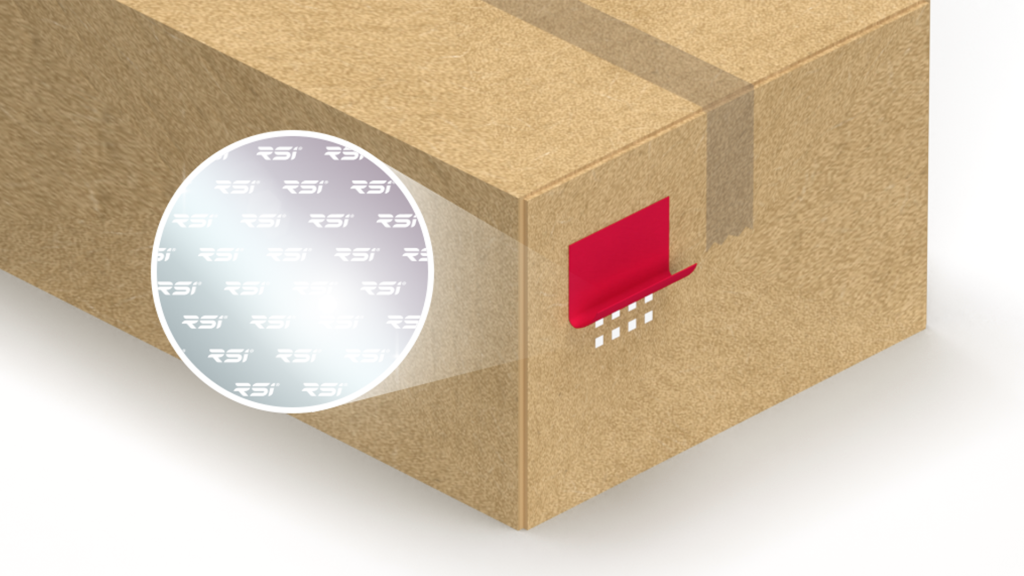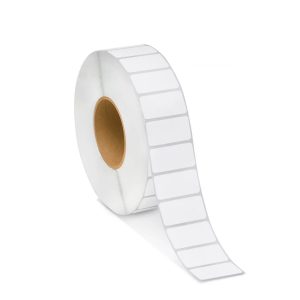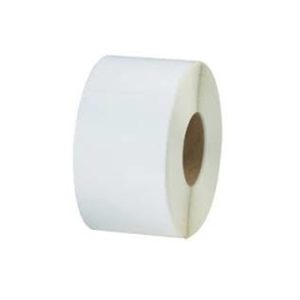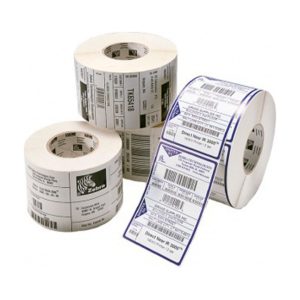What is Security paper?
For many businesses, protecting sensitive information and safeguarding valuable assets is paramount. Security labels play a vital role in achieving this goal, but their effectiveness hinges on the foundation – security paper.
Unlike regular paper, security paper incorporates a variety of features specifically designed to deter tampering, counterfeiting, and unauthorized duplication. The base material itself can be different, often composed of cotton or synthetic fibers that are more difficult to replicate compared to standard wood pulp paper.
The key difference lies in the integration of overt and covert security elements. Overt features are readily visible, like watermarks or colored fibers embedded within the paper. Covert features, on the other hand, require special tools or light to detect, such as invisible inks or microprinting. These elements work together to create a secure document that is difficult to forge and easy to authenticate.
What is Security paper used for?
Security paper’s unique properties make it the ideal choice for applications where protecting information and preventing fraud is critical. Here are some common uses:
Tamper-evident labels: These labels leave a visible mark upon removal, providing clear evidence of attempted tampering on packaging, warranty seals, or pharmaceutical products.
Asset tracking: Security labels with unique identifiers and covert features are used to track valuable inventory, deterring theft and facilitating real-time monitoring within warehouses or on shipping containers.
Certificates and identification documents: Passports, birth certificates, and other official documents are printed on security paper to prevent counterfeiting and ensure authenticity.
Checks and financial documents: Security features in checks and money orders help prevent fraud by making them difficult to replicate.
High-value retail products: Security labels are used on designer clothing, electronics, and other luxury goods to deter counterfeiting and protect brand integrity.
The applications extend far beyond these examples. Industries such as pharmaceuticals, manufacturing, finance, and logistics all rely on security paper labels to safeguard their products, documents, and assets. By offering an additional layer of security, businesses can minimize losses due to theft, counterfeiting, and diversion.
How is security paper being made
The production of security paper is a specialized process that incorporates several key steps:
Base Sheet Formation: Similar to traditional papermaking, security paper starts with a pulp of cotton or synthetic fibers. This pulp is spread onto a forming machine, where water drains away, leaving a thin layer of fibers that bond together to create the base sheet.
Watermark Integration: One of the most recognizable security features, watermarks, are created during this stage. A cylinder mold with a raised design presses into the wet pulp, causing the fibers to be compressed in specific areas. This results in a lighter or darker appearance of the watermark design when the paper dries, visible when held up to light.
Security Feature Inclusion: During the forming process, various overt and covert security elements can be incorporated. This might involve embedding colored security fibers, adding metallic threads, or incorporating microprinting – tiny text or patterns invisible to the naked eye.
Paper Finishing: Once the base sheet is formed with its security features, it undergoes drying, pressing, and smoothing processes. This ensures the paper has the desired thickness, texture, and printability.
Security Printing: Security labels are then printed using specialized inks and printing techniques. These inks may react to specific light wavelengths or possess other unique properties that further enhance security. The printing process itself might also involve employing specialized presses designed for intricate security features.
Important Note: Security paper production is a closely guarded secret by manufacturers. The specific details of the process, particularly regarding covert features and printing techniques, are not publicly available to maintain their effectiveness against counterfeiting.
Lior Rubin
Strategic Partner RSI Mexico









